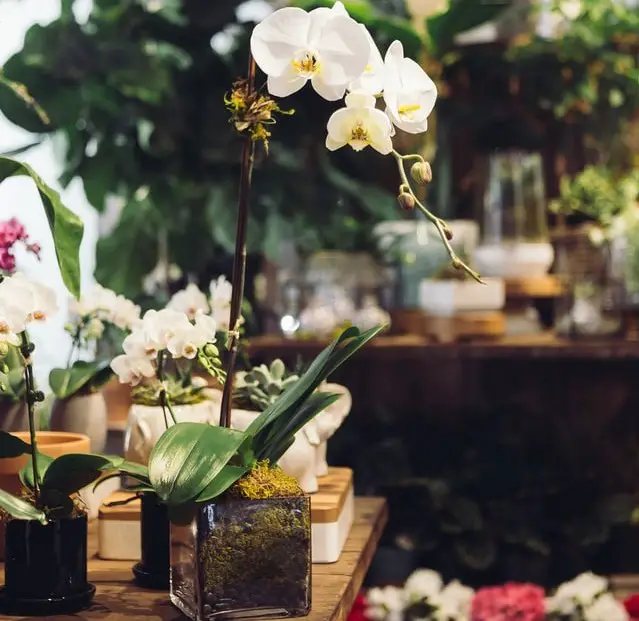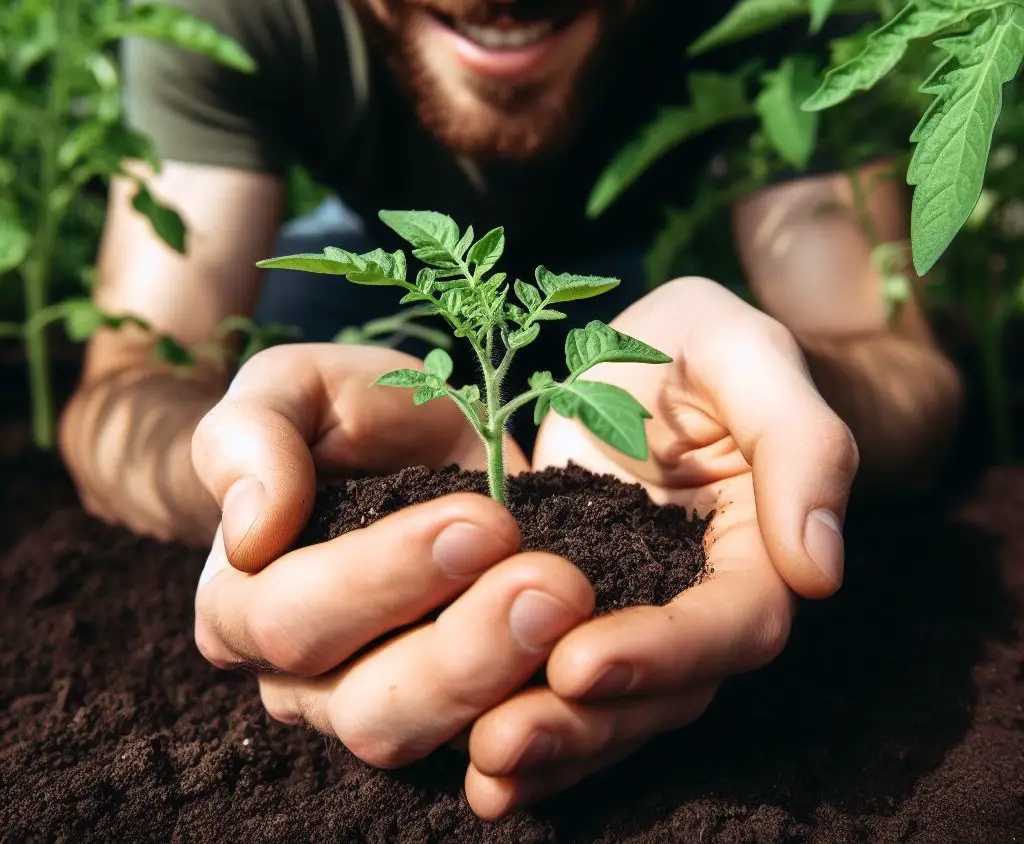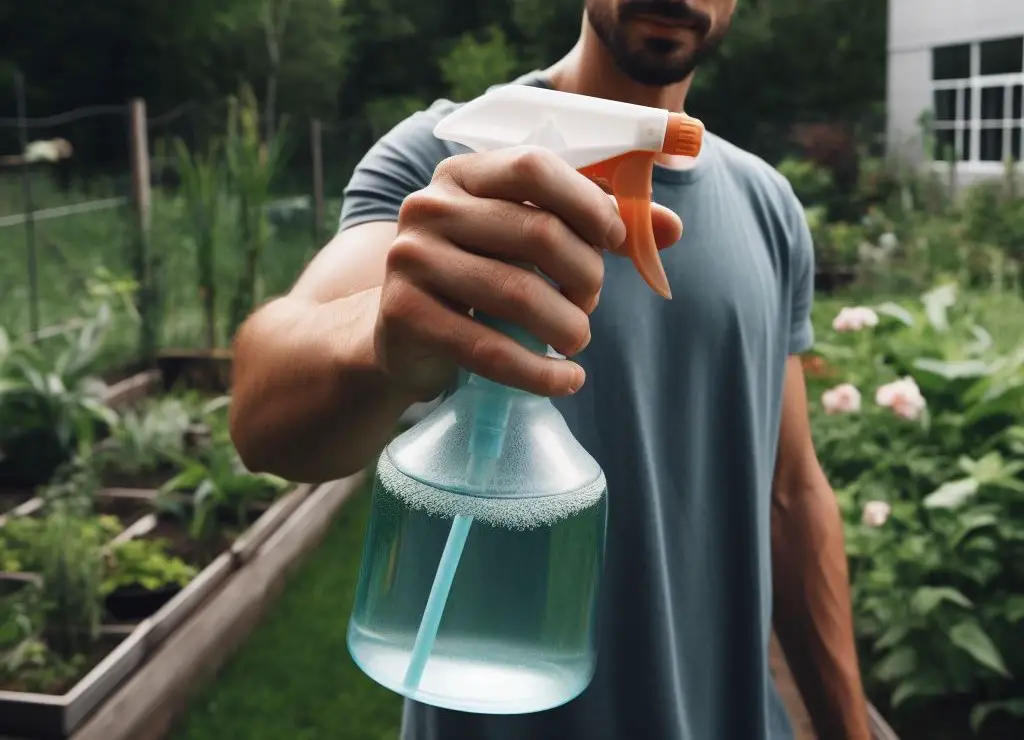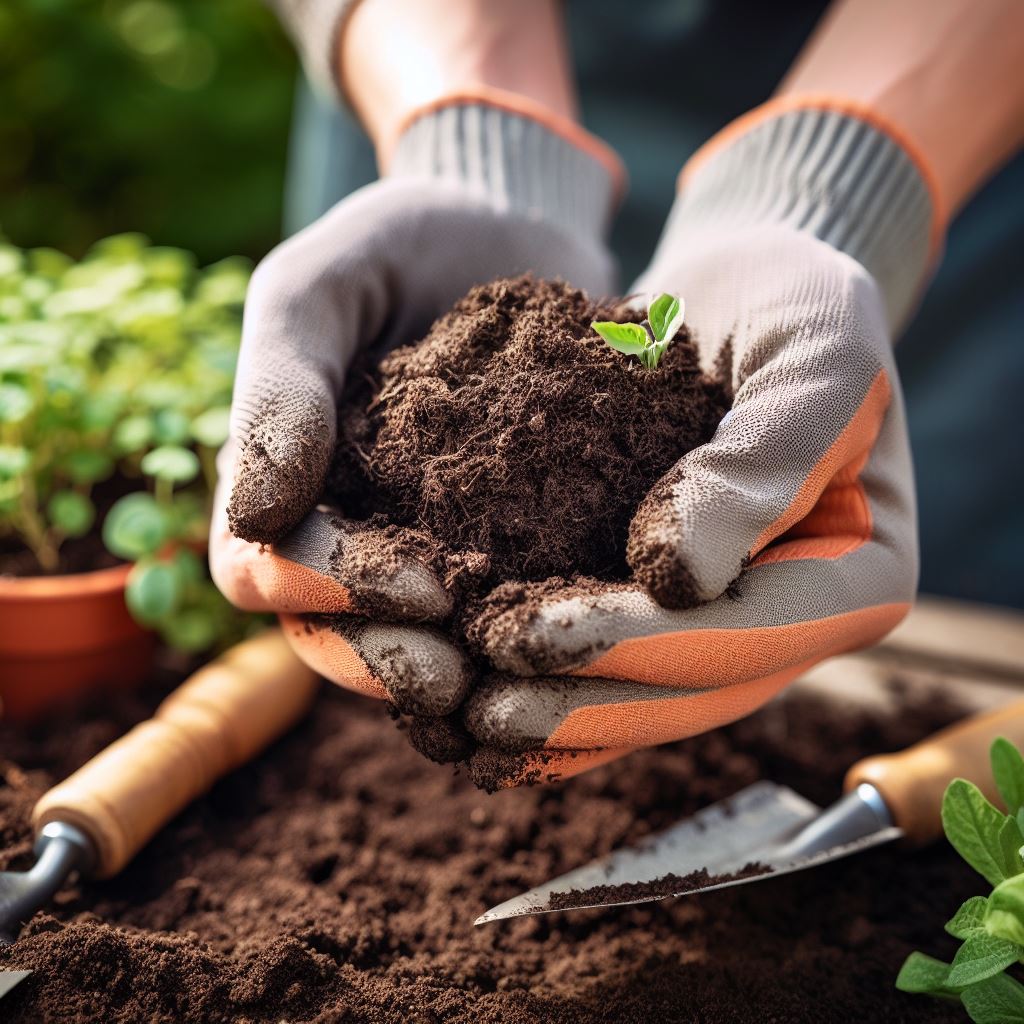Since you’re here, I’m guessing you’re planning to make nitrogen fertilizer. Nitrogen is one of the essential nutrients required by plants for healthy growth and development. While commercial fertilizers containing nitrogen are readily available, many people prefer to make their own nitrogen plant fertilizers at home, including me.
This can be a cost-effective and environmentally friendly option that also allows for greater control over the ingredients used. In this article, I will introduce to you how to make nitrogen plant fertilizer at home.
First, let’s mention the three different methods you can use.
Three different methods to use to make organic natural nitrogen fertilizer
1. Composting Method
Composting is a natural and sustainable way to make nitrogen fertilizer for your garden. To make nitrogen-rich compost, start by collecting organic materials such as grass clippings, leaves, and kitchen scraps. These materials will decompose over time, releasing nitrogen and other nutrients that can be used to fertilize your garden.
To make compost, simply layer your organic materials in a compost bin or pile, making sure to mix in some brown materials like twigs and paper to balance out the nitrogen-rich green materials. Add water as needed to keep the compost moist, and turn the compost regularly to ensure that it decomposes evenly.
After several months, your compost will be ready to use as a nitrogen-rich fertilizer for your garden. Simply spread a layer of compost over your soil and work it in with a garden fork or tiller before planting.
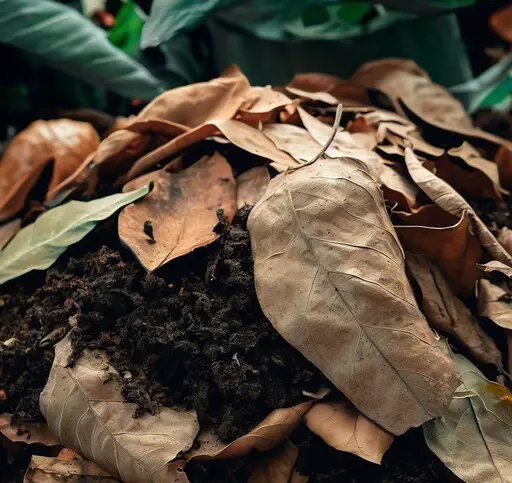
2. Cover Cropping Method:
Another natural way to make nitrogen fertilizer is by planting cover crops in your garden. Cover crops, such as legumes like peas and beans, are able to fix nitrogen from the air and store it in their roots.
To use cover crops as a nitrogen fertilizer, plant them in your garden during the fall or winter months. When spring arrives, cut down the cover crops and leave them to decompose on the soil surface. The decomposing cover crops will release nitrogen and other nutrients into the soil, providing a natural fertilizer for your garden.
Read more: How to Prevent & Treat Iron Deficiency in Citrus Trees
3. Synthetic Nitrogen Fertilizer Method
If you prefer to use synthetic fertilizer, there are many commercial nitrogen fertilizers available that can be used to promote healthy plant growth. Look for one with high nitrogen content, and follow the manufacturer’s instructions for application rates and timing.
When using synthetic fertilizers, it’s important to be mindful of the potential environmental impacts. Overuse of fertilizers can contribute to water pollution and harm aquatic ecosystems. Be sure to use synthetic fertilizers sparingly and follow best practices for fertilizer use.
Detailed steps on how to make nitrogen fertilizer at home
Once you’ve chosen your preferred method, here are a few additional pieces of information you can follow when you want to create your own nitrogen fertilizer.
STEP 1:
There are several sources of nitrogen that you can use to make plant fertilizer at home. These include organic sources such as manure, compost, and fish emulsion, as well as inorganic sources such as ammonium nitrate, urea, and ammonium sulfate.
It’s important to choose a nitrogen source that is appropriate for the plants you intend to fertilize and that is readily available to you.
STEP 2:
Once you’ve chosen your nitrogen source, it’s time to mix your ingredients. For example, if you’re using manure as your nitrogen source, you can mix it with water to create a liquid fertilizer.
If you’re using ammonium nitrate, you can dissolve it in water to create a liquid fertilizer. It’s important to follow the instructions on the packaging for the appropriate mixing ratios.
Read more: Zinc Deficiency Symptoms in Citrus Trees
STEP 3:
Once you’ve mixed your fertilizer, it’s time to apply it to your plants. The application method will depend on the type of fertilizer you’ve made. Liquid fertilizers can be applied directly to the soil around the base of the plant, while solid fertilizers may need to be worked into the soil.
STEP 4:
After applying your homemade nitrogen plant fertilizer, it’s important to monitor your plants for any signs of over or under-fertilization.
Too much nitrogen can cause plants to grow too quickly and become more susceptible to pests and diseases. On the other hand, too little nitrogen can result in stunted growth and poor yields.
Read more: Overwatering Shrubs Signs- How to Deal With Them
Conclusion
In conclusion, making nitrogen plant fertilizer at home can be a cost-effective and environmentally friendly way to provide your plants with the nutrients they need to thrive.
By choosing the right nitrogen source, mixing your ingredients properly, and monitoring your plants, you can create a homemade fertilizer that will promote healthy growth and development.
Please join our free weekly newsletter and follow our socials:

